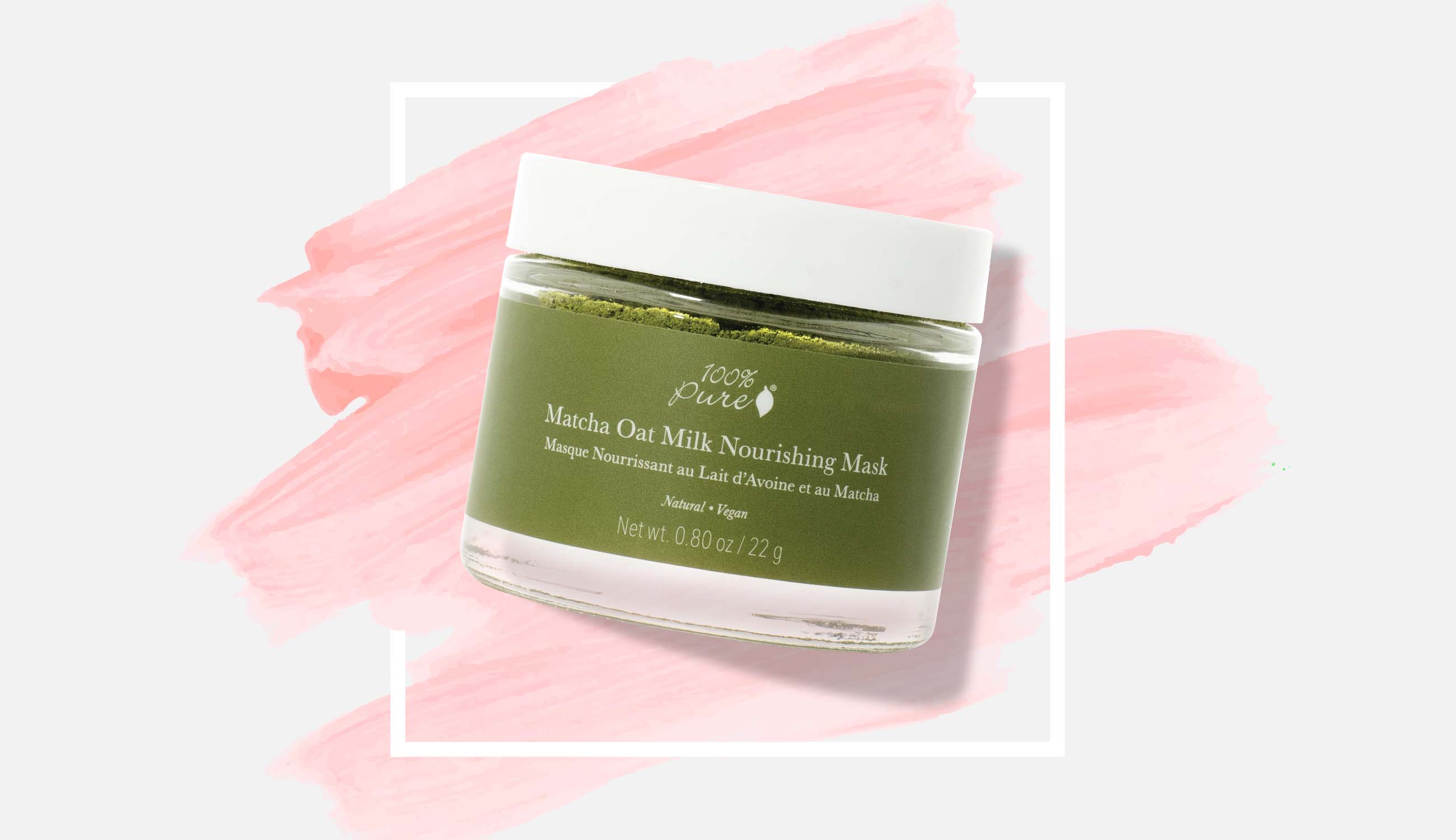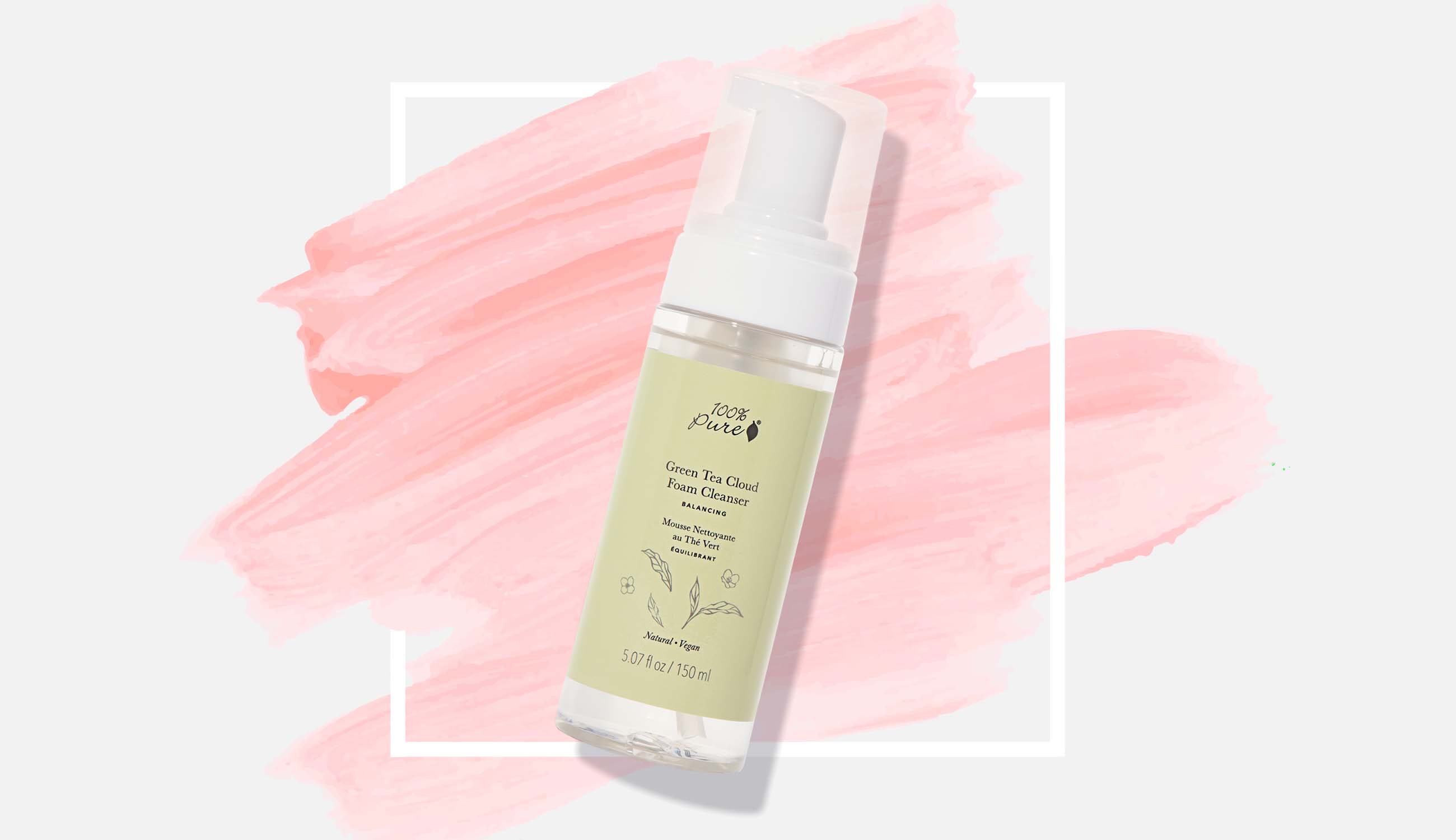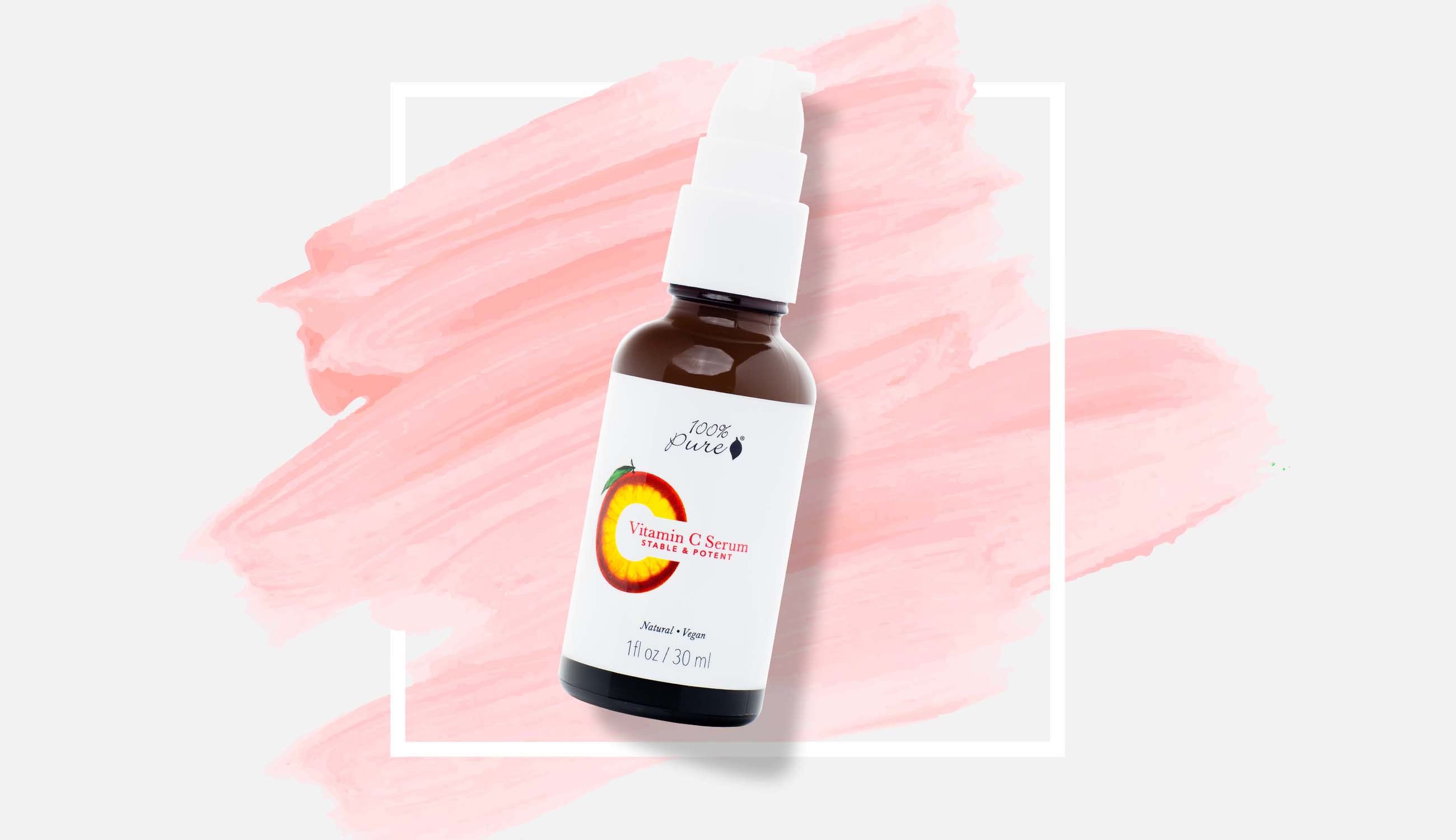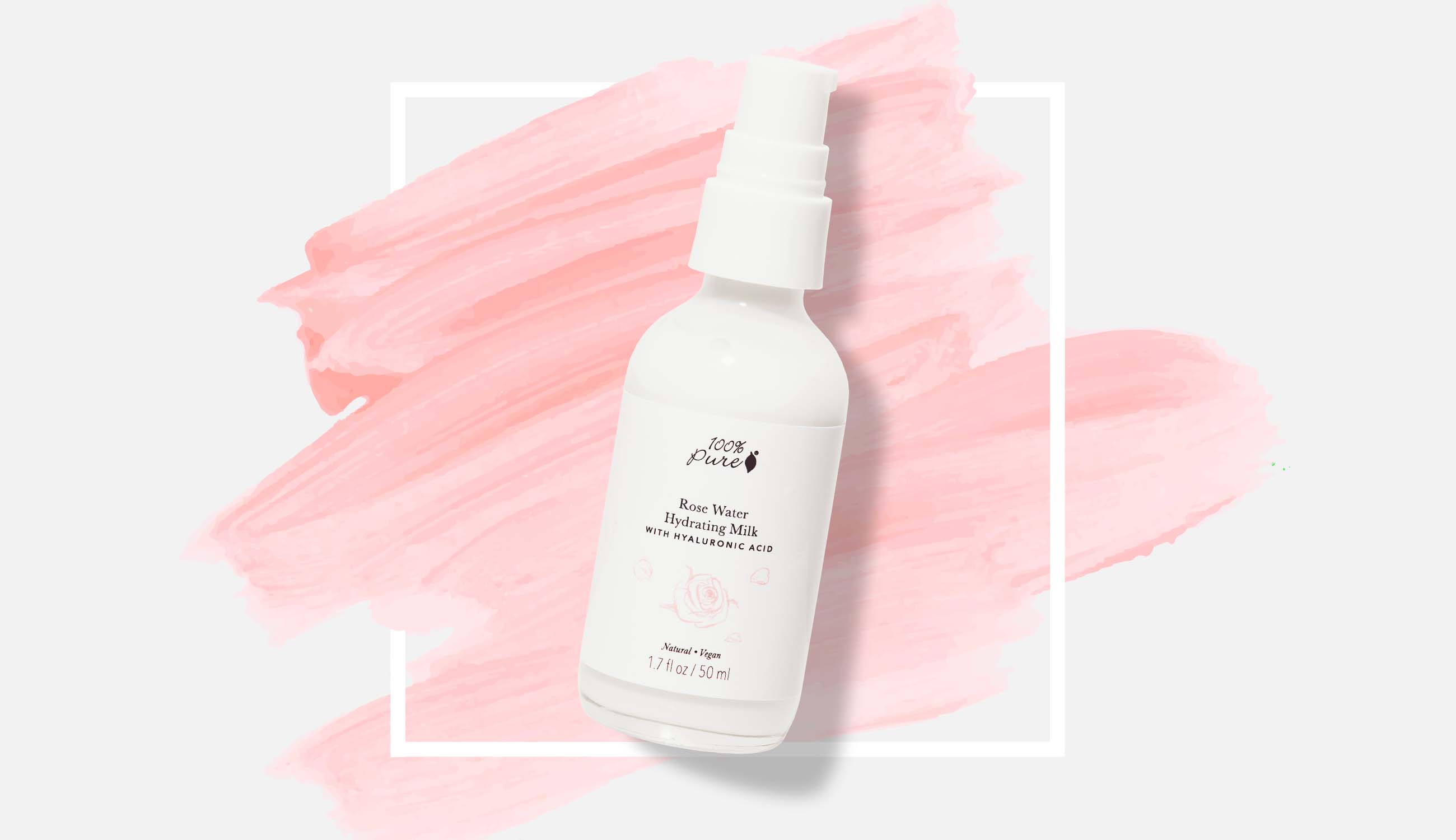Of all the different skin types, combination skin may get the least attention. For those of us with that somewhat dry, somewhat normal, occasionally oily skin, we can often be expected to combine skin care tips tailored to the other types to create our perfect figure.
And while in a sense, we all need to adjust our skincare routines, we want to show some specific skincare love to combination skin. There is a fun, healthy and tender way to take care of this combination skin type, just like we can take care of any other.
What defines combination skin?
It may sound strange, but many people fall under the umbrella of combination skin. This means that for most of us, we have different degrees of oiliness in different parts of our face. While some of us develop this skin type over time, there are certainly other combination skin factors—puberty, hormones, medications, climate, and diet—that can have an impact on this skin type.
More common for combination skin, there are both oily and dry areas on the face. Oily parts land in the “T-zone,” which includes the forehead, nose, and chin. For more normal and dry areas, these are often under and around the eyes, cheeks and jawline. If you’re of the combination skin tribe, you might feel like your skin has a split personality. Your T-zone can feel like an oil slick, and you’re constantly struggling with trying to make both parts of your skin happy and healthy.
For combination skin, the oil produced in the oily parts of the face is not just a general shine at the end of the day. This is usually inconsistent and excessive oil that cannot be treated with the same products used on dry areas of the face. That’s why curating a truly personal combination skin care routine can be a game-changer for those with this skin type.
What does Combo Skin need?
Combination skin needs to be treated in sections because different areas of the face have different needs. Additionally, a morning and evening routine can be even more beneficial for this skin type, as different skin behavior can mean different products at different times.
It is important to note that just because there is excess oil on the skin does not mean that the skin is too hydrated or hydrated. It’s surprising, but sometimes oiliness can indicate that the skin is inside need more moisture and that the sebum we produce does not penetrate the skin or moisturize us effectively. With this in mind, a combination skin care routine should look very different from an oily skin routine. Just because they’re both fatty, doesn’t mean they’re the same!
Combination skin needs a gentle cleanser that doesn’t dry out most of the face, but still neutralizes oiliness. A great skincare routine for combination skin should also definitely use a toner. A cleansing toner for the T-zone and something hydrating for the perimeter would do wonders and add extra hydration for drier skin that needs it. And finally, serums and moisturizers enriched with balancing ingredients are also beneficial.
No matter what type of skin one of us has, all skin really needs the same things: balance, hydration and protection. It’s just that there’s more emphasis on balance with combination skin than with other skin types. And because of how important balance is with combination skin, there are various behaviors and ingredients that can upset this already fickle skin type.

Our favorite products for combination skin
Now for the best part of any party – the favors! Here’s our dream team for a balanced and radiant skincare routine for combination skin.
Mask: Nourishing Matcha Oat Milk Mask
Basic ingredients: Anti-inflammatory matcha to address the balancing oil plus soothing and calming rose and oat to satisfy dry and normal skin zones.
Because we love it: Complex skin takes time to absorb things. Starting with this bright yet gentle and hydrating mask at least once a week provides a clean reset that hydrates without weighing skin down.

Cleanser: Green Tea Foaming Cleanser
Basic ingredients: White tea to fight skin damage and gentle, healing aloe to calm.
Because we love it: This creamy cloud-like cleanser sweeps away dirt and debris, not just from the surface but deep into the pores without stripping or drying the skin.

Serum: Vitamin C Serum
Basic ingredients: Balances green apple and moisturizing, healing vitamin E.
Because we love it: The it-girl for all skin types is perfect in this routine because vitamin C brightens the contours of the face while clearing away any excess oil.

Moisture: Rose Water Moisturizing Milk
Basic ingredients: Rose water to soften and heal all over, plus exfoliating and antibacterial baking soda for balance.
Because we love it: Light and refreshing, here’s a product the whole face can enjoy! Complex skin will love how rose soothes oiliness as well as discomfort and inflammation on dry parts of the face.
Combination skin: What to avoid
As with all skins, there are many things we may want to avoid. This can be especially true for oily skin, as even a small shift can completely throw either the oily or dry zones for a loop. Here’s a super clear list of 6 things to avoid for combination skin and why:
#1: Products that target oily skin, apply all over the face
This can wreak real havoc on the normal and dry parts of our skin. A healthy combination skin care routine should adequately address all skin behaviors and zones without compromising its needs.
#2: Touching the face
This is a rule we should all follow regardless of skin type, but the reason it’s so important especially for combination skin is that we transfer oil to our face when we touch it. Dirt, debris and oil from our fingers end up on our face. Then we’re just aggravating the oiliness that’s already there, potentially causing a breakout in the process.
#3: Heavy duty cleaners
A very clarifying cleanser can make your T-zone even oilier! Oily parts of the face are not hydrated simply because the skin is oily. In addition, the harsh cleanser is likely to emphasize the non-oily part of the face, causing tight and uncomfortable skin all over.
#4: Difficult climates
Although we may not always be able to avoid this, an extremely cold and extremely hot climate can often contribute to the way our skin behaves. To achieve more balanced skin, complement a harsh climate with treatments, masks and the right skin care routine.
#5: Irritating ingredients
Fragrance in some skin care products can aggravate oiliness in combination skin. So it’s a good idea to use unscented options.
#6: Skipping the exfoliator
Instead, try focusing a chemical or natural exfoliant on just the T-zone or oily parts of the face. This will keep the deep parts of the pores expressed, allowing for better sebum flow and less oiliness in the long run.
Frequently asked questions about combination skin
What causes combination skin and can it change over time?
The causes of combination skin can vary from puberty to aging and medications. Skin naturally changes as it ages, so you could end up with drier skin. Hormonal fluctuations, especially during pregnancy and menopause, can cause changes in skin type. Climate, weather and other environmental factors can cause minor or major changes in skin type. For example, winter can dry out the skin by stripping it of its natural oils. Regardless of your skin type, it’s important to establish a consistent skincare routine for your skin type.
How should I structure my skincare routine for combination skin?
A skin care routine for combination skin can help balance oily and dry areas, as well as keep acne at bay. Building your skincare routine should first start with a gentle, balancing cleanser, then a toner, and finally a moisturizer and sunscreen. Depending on your skin type, you can incorporate a face mask daily or once a week, and be sure to use a gentle exfoliator to remove dead skin cells and boost the absorption of your skincare products.
What ingredients should I avoid if I have combination skin?
You should avoid ingredients that are too drying and could irritate your skin and other known ingredients that could clog your pores. Any skin type should avoid drying alcohols, skin-irritating fragrances, sulfates, preservatives, and dyes. You should also create a natural skincare routine that will keep these skin culprits out.
What are the best moisturizers for combination skin?
The best moisturizers for combination skin should be natural formulas with ingredients that can hydrate dry areas of the face and balance any oily parts of the skin without clogging pores or removing the skin’s protective barrier.
How can I manage oily and dry areas at the same time on combination skin?
Use skin care products with an absorbent or matte finish for oily areas and more emollient products for dry areas. For example, you can use a light moisturizer on your oily T-zone, then apply a slightly thicker moisturizer to your cheeks and around your eyes if those areas are very dry.
